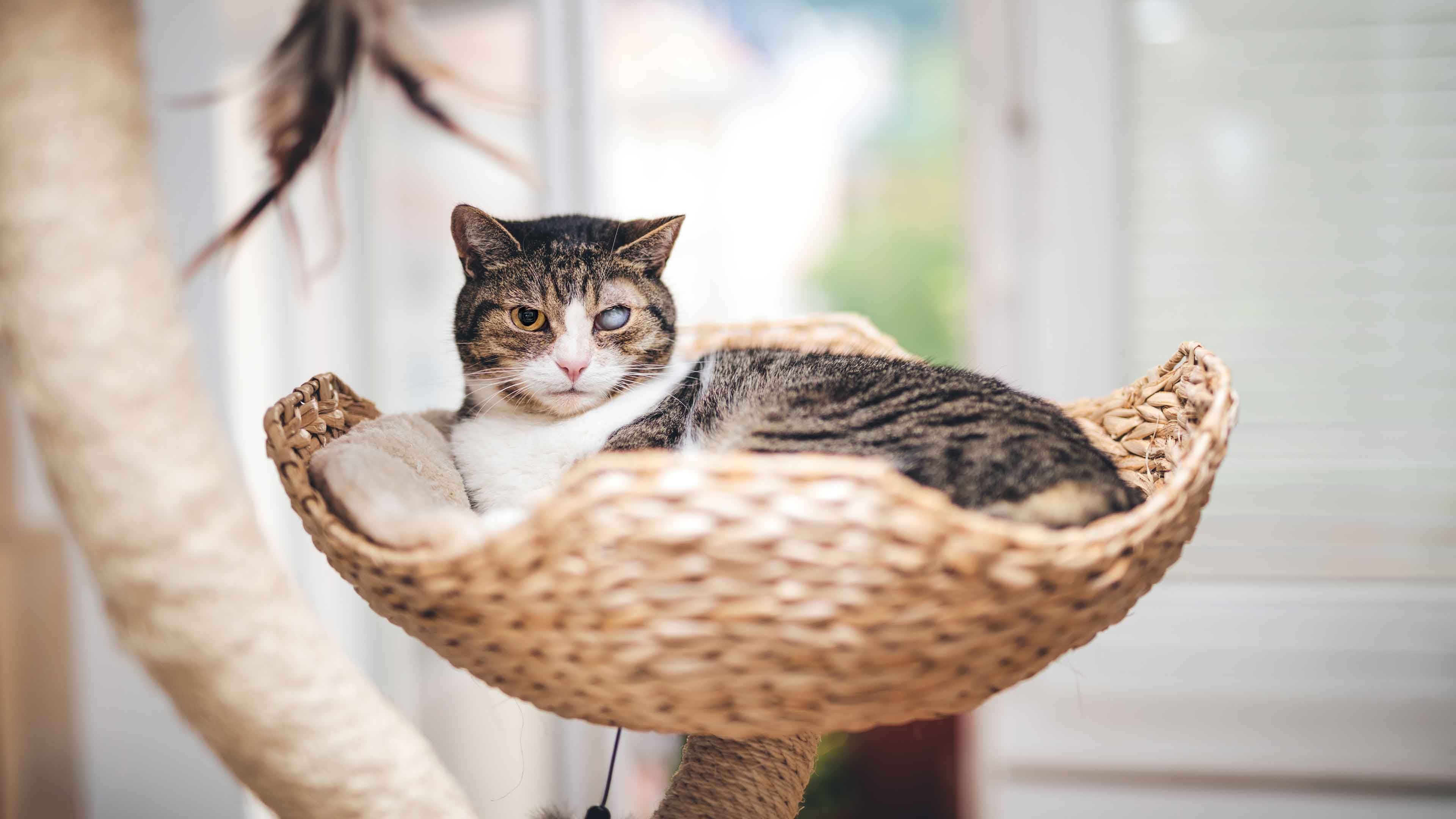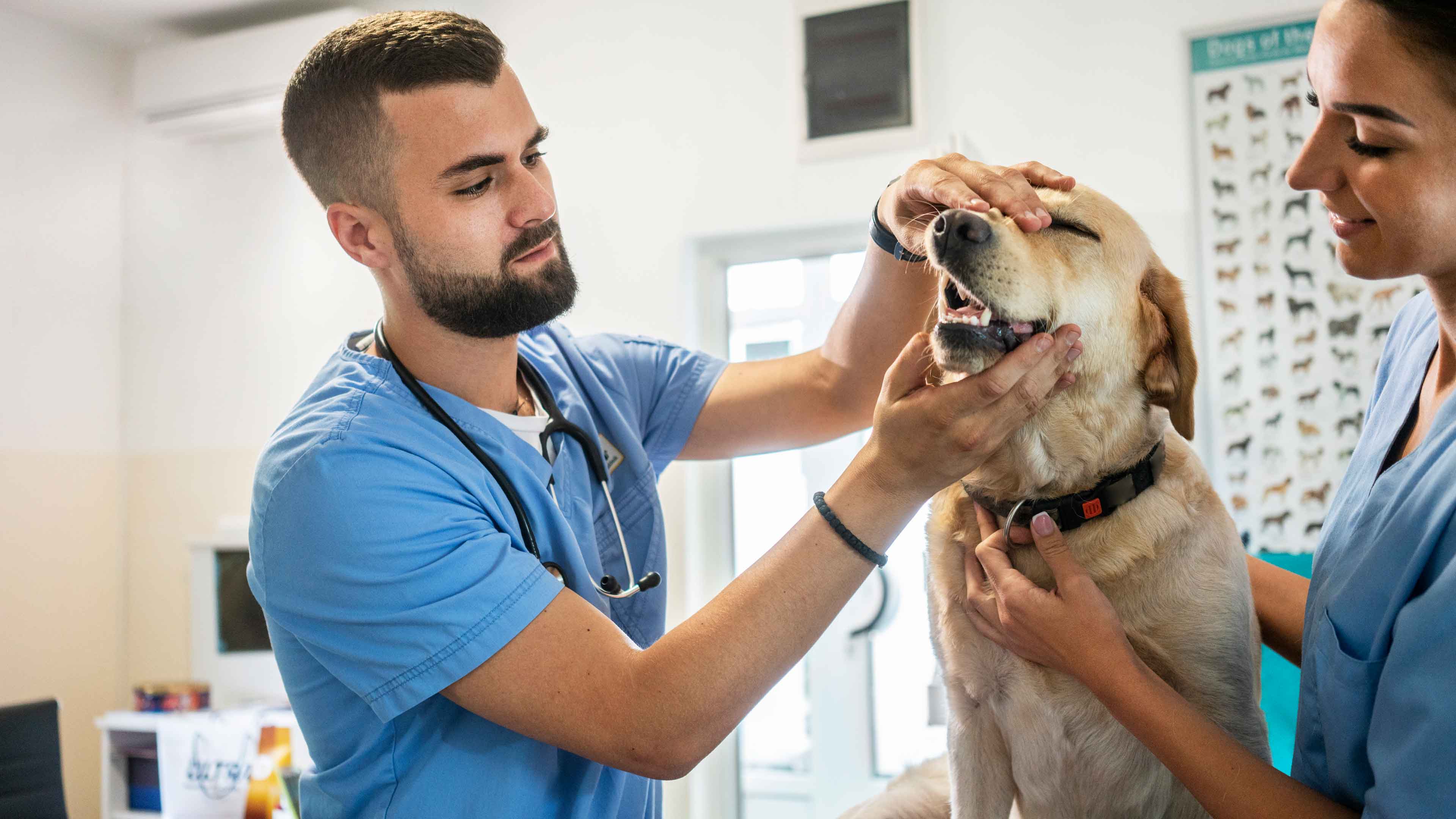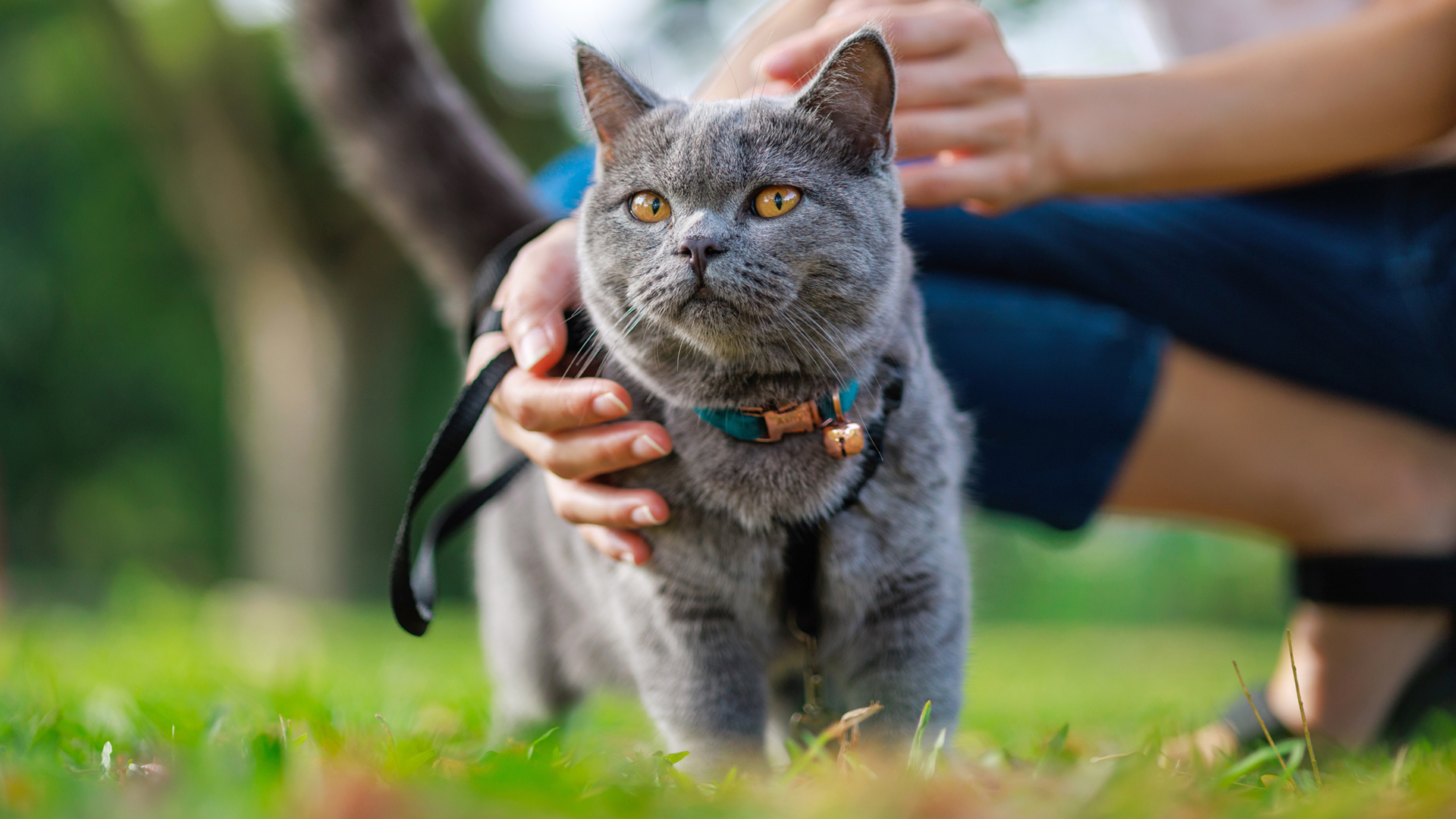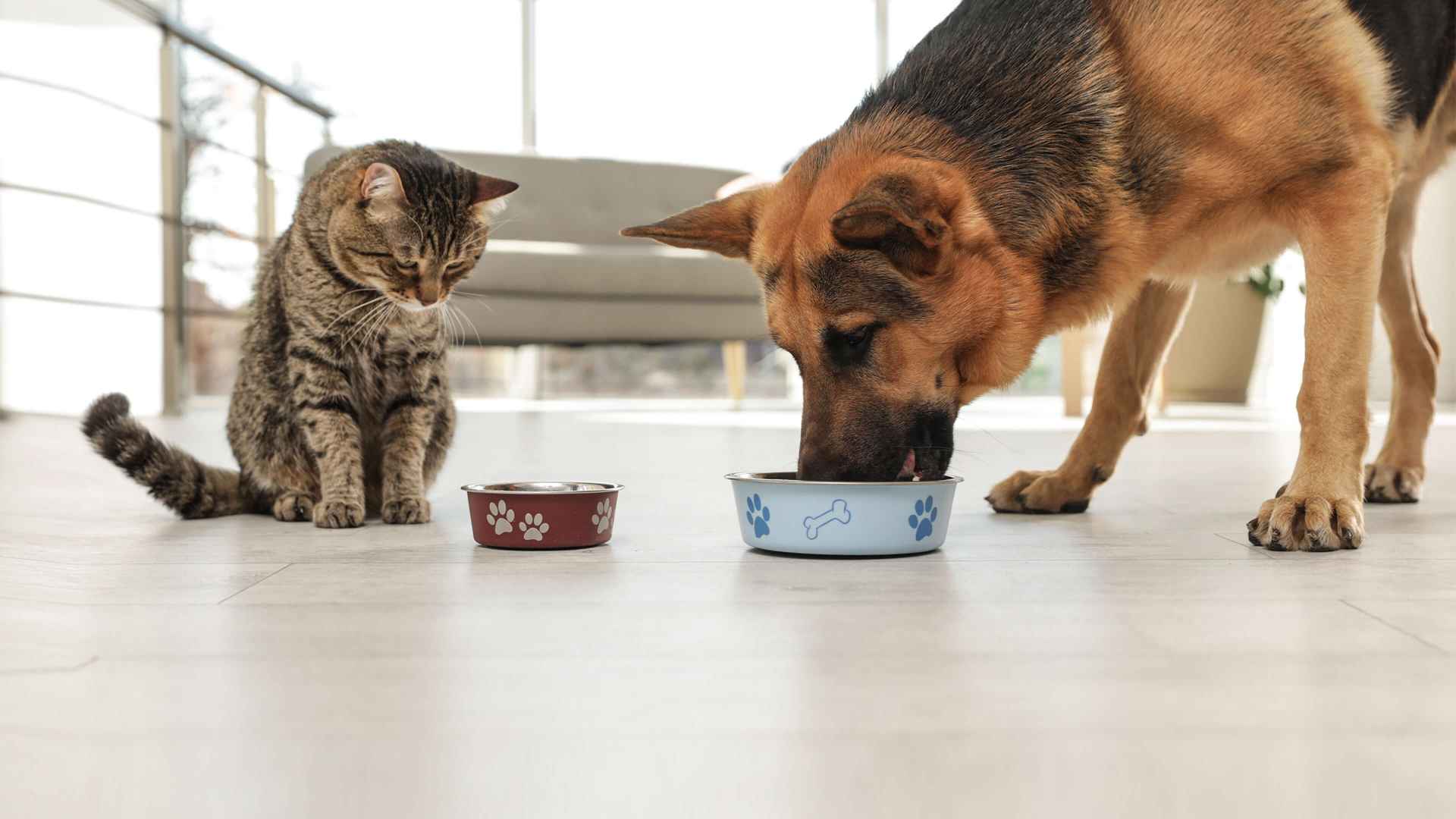National Pet Dental Health Month
February is Pet Dental Health Month, which may not be the most exciting pet month, but one of the most important nonetheless. Why? Because pets have teeth! And their teeth need looking after just like our own. Dental disease affects many dogs and cats, which is why home brushing, plus regular professional dental cleanings, can help make a difference.
Dental disease stinks
When plaque builds up on your pet’s teeth, it can turn into tartar. Tartar is not only stinky, but it can lead to periodontal disease and a slew of dental issues, like pain, tooth loss, or bacterial infection. Fortunately, there are several ways you can help minimize the impact of plaque and tartar, including brushing at home and keeping your pet up on their regular professional dental cleanings.
Brushing at home
Brushing your dog’s or cat’s teeth doesn’t sound like a lot of fun, and sometimes it can end in a lot of slobber and a furry little butt running away from you, but it definitely has a vital place in your pet’s dental regimen. We offer some super helpful tips on the whys, hows, and whats of at-home teeth cleaning here.
Dental cleanings for the win
Preventive care is a big deal at Banfield, and that’s why we’ve included one professional dental cleaning in some of our smart Optimum Wellness Plan packages. Here’s how your pet’s dental cleaning will go:
- First appointment: We can only check so far while your pet is awake—they aren’t great at sitting still—but we’ll perform a complete physical exam and check for tartar and dental disease.
- Second appointment: We’ll run a pre-anesthetic exam with blood testing, which includes a complete blood count, internal organ screens, and electrolyte test to make sure your pet is ready for anesthesia.
- Dental cleaning: Now we’re on to the cleaning! This includes an ultrasonic dental cleaning, tooth polishing, and hand scaling above and below the gum line. While under anesthesia, we can look closely at all the things we can’t see when your pet is awake. We’ll also check for anything else that might require an additional dental appointment.
- During or after cleaning: While your pet is under anesthesia or once they’re awake, we’ll contact you with any recommendations for care that we discover during the procedure.
- Ready to go home: We’ll monitor your pet after recovery and call you when your little cutie is ready to go home.
We know anesthesia can be a little scary, so please don’t hesitate to reach out to your local Banfield with concerns. They can walk you through the process and they’re more than happy to answer any of your questions.
 Mites and mange
Mites and mange Podcast - Not Just Fluff
Podcast - Not Just Fluff











